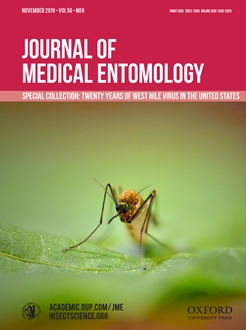Over the past 20 yr, many models have been developed to predict risk for West Nile virus (WNV; Flaviviridae: Flavivirus) disease in the human population. These models have aided our understanding of the meteorological and land-use variables that drive spatial and temporal patterns of human disease risk. During the same period, electronic data systems have been adopted by surveillance programs across much of the United States, including a growing interest in integrated data services that preserve the autonomy and attribution of credit to originating agencies but facilitate data sharing, analysis, and visualization at local, state, and national scales. At present, nearly all predictive models have been limited to the scientific literature, with few having been implemented for use by public-health and vector-control decision makers. The current article considers the development of models for spatial patterns, early warning, and early detection of WNV over the last 20 yr and considers some possible paths toward increasing the utility of these models for guiding interventions.
How to translate text using browser tools
24 September 2019
Models and Surveillance Systems to Detect and Predict West Nile Virus Outbreaks
Christopher M. Barker
ACCESS THE FULL ARTICLE
It is not available for individual sale.
This article is only available to subscribers.
It is not available for individual sale.
It is not available for individual sale.

Journal of Medical Entomology
Vol. 56 • No. 6
September 2019
Vol. 56 • No. 6
September 2019
decision support
early warning
modeling
prediction
West Nile virus




